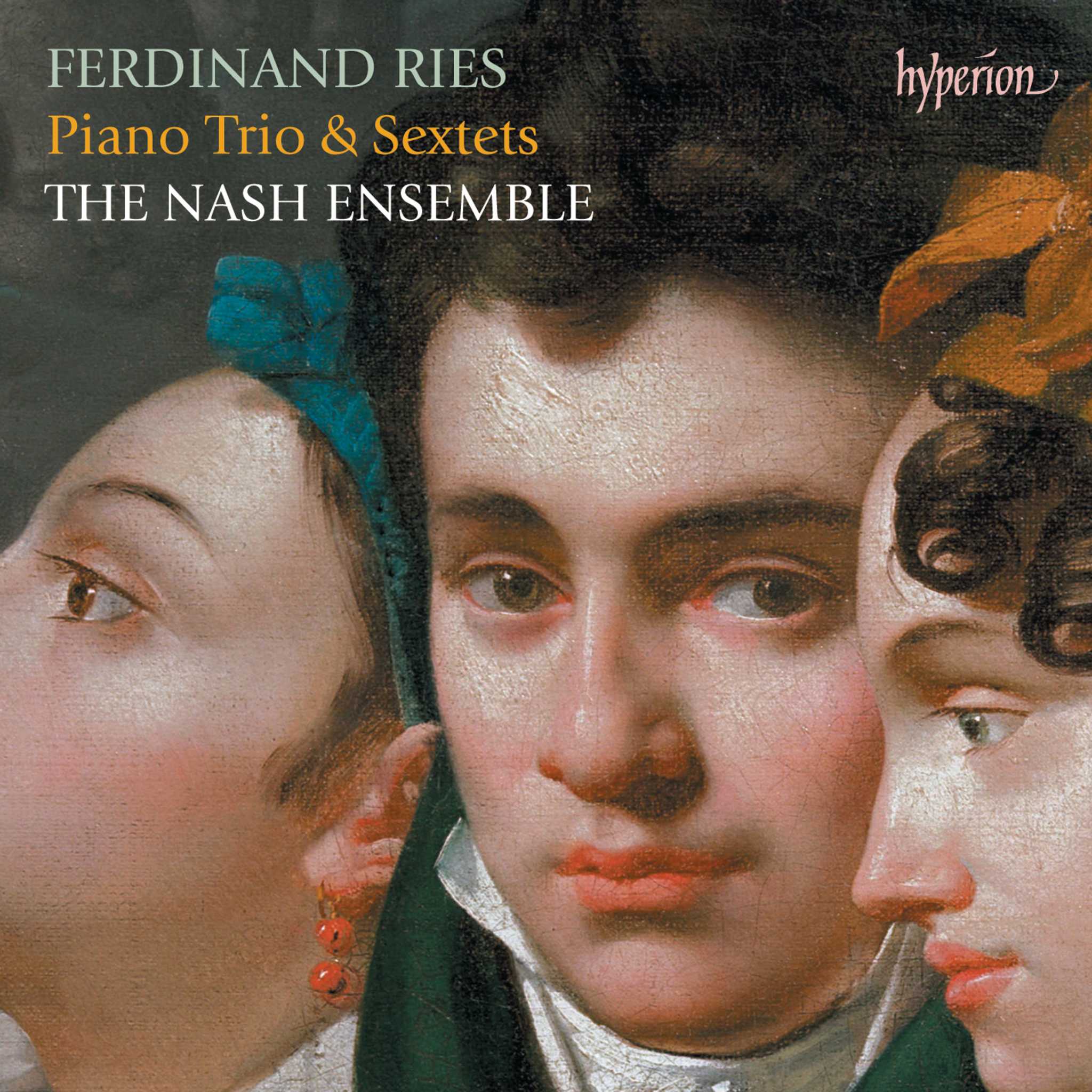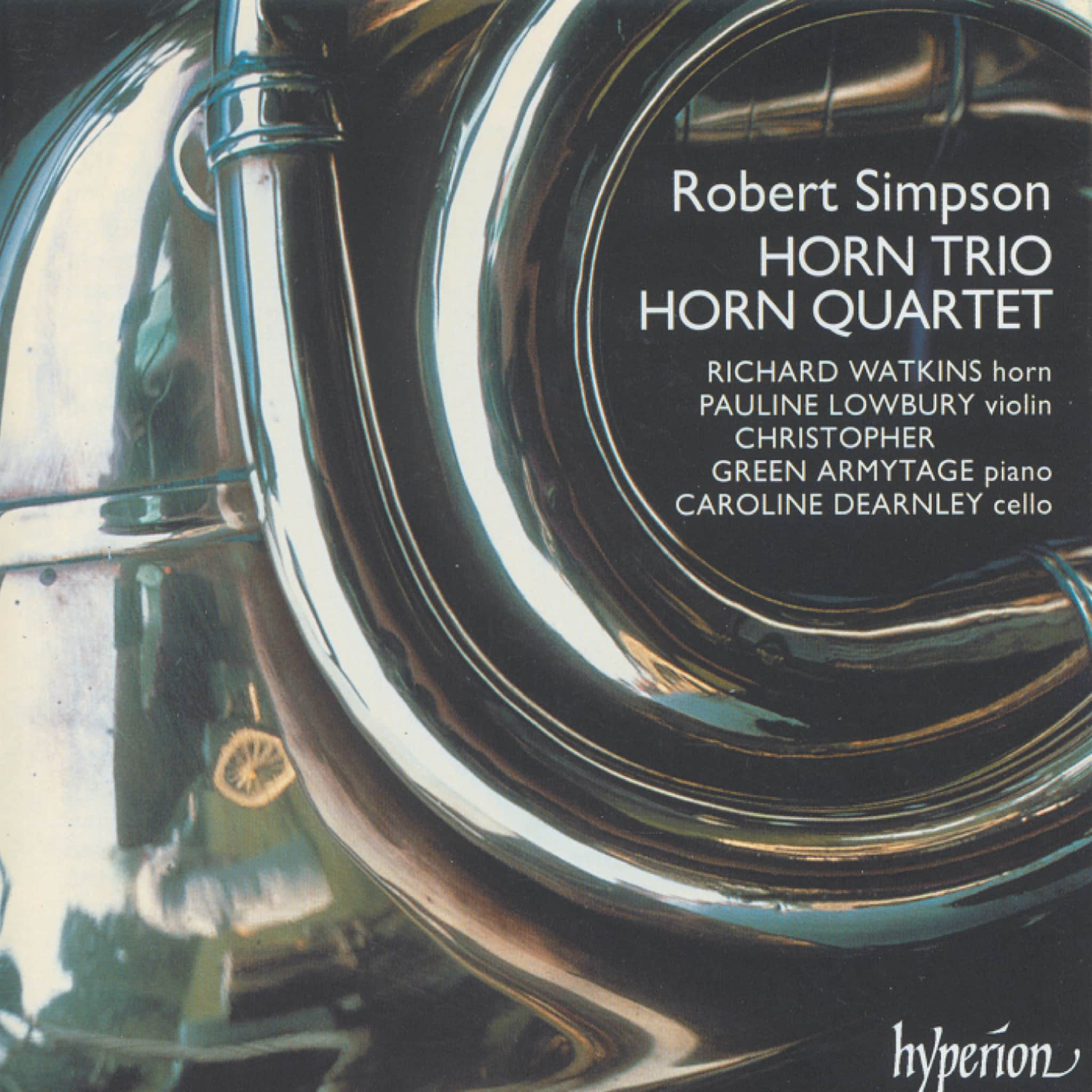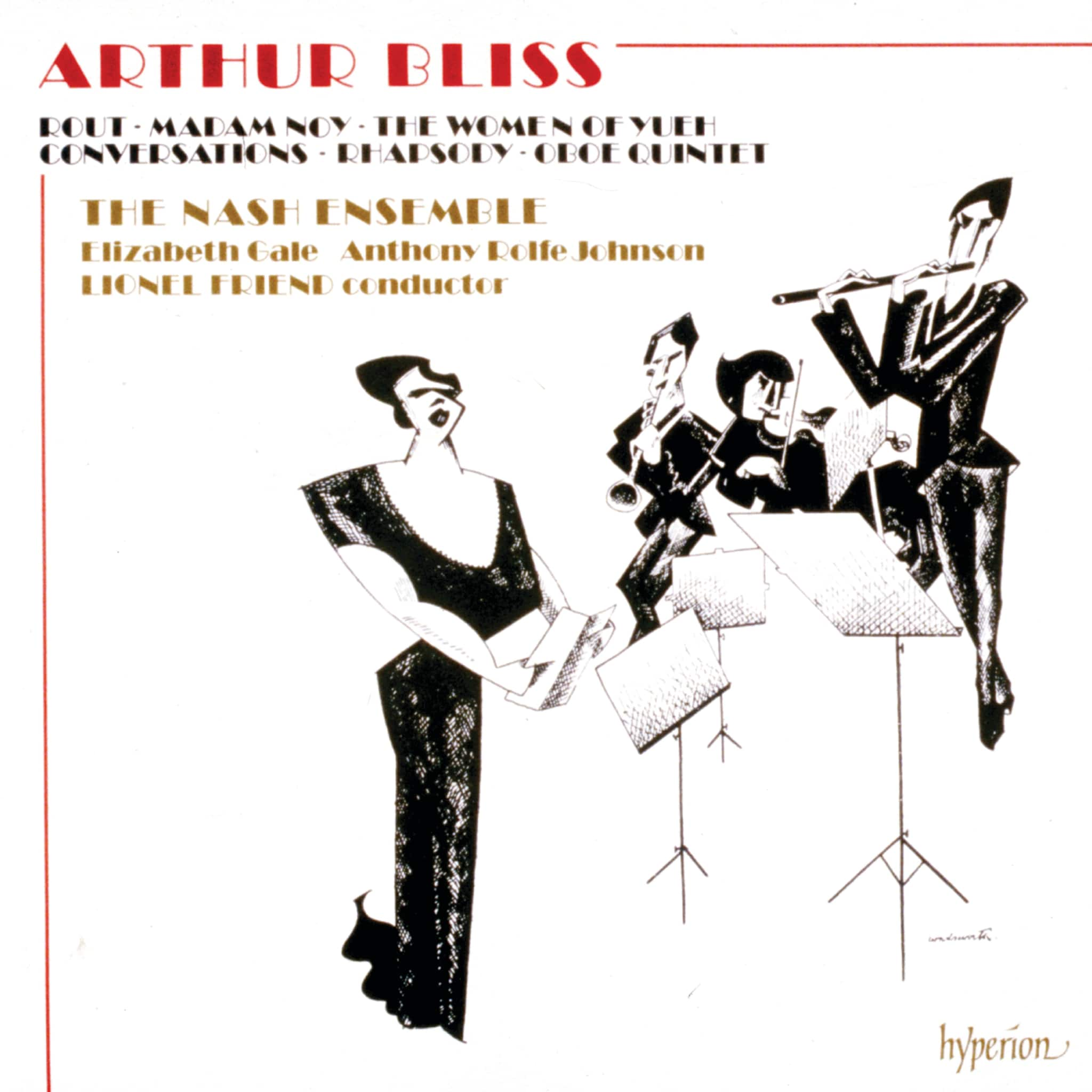Album insights
In the mid-18th century, the viola da gamba began fading into the background with only a few virtuosos left, the most notable being Carl Friedrich Abel, who settled in London and collaborated with Carl Philipp Emanuel's younger brother Johann Christian. The Bach and Abel families maintained fairly close relationships. While it seems unlikely that Carl Friedrich Abel and C. P. E. Bach met in 1746 due to Abel being employed at the Dresden court, which was not on good terms with Berlin at that time, their Sonata does not offer definite indications of the gamba. Despite appearing as if written for the violin, some passages explore the instrument's lower range and chord-playing capability. The middle movement showcases significant virtuosic skills and surprisingly resonates well on the instrument.
The 1749 Trio in C minor was Bach's attempt to convey a message beyond music itself. Influenced by rationalism in the 18th century, instrumental music was often underappreciated for its inability to be verbally articulated. Bach aimed to illustrate music as a dialogue rather than a single emotional state. The detailed program allows for embellishment, enhancing the listener's imaginative experience beyond the composer's intended message. The composition further explores the four psychological archetypes, particularly in characterizing Melancholy and the sanguine temperament, distinguished by their distinct traits.
The first movement depicts a dialogue between Melancholicus and Sanguineus, showcasing contrasting interactions as they engage and challenge each other through musical phrases. The intricate back-and-forth exchange between the characters unfolds as Melancholicus struggles with melancholy while Sanguineus tactfully navigates the conversation, leading to a playful musical discourse that culminates in moments of silence and mutual understanding.
Transitioning seamlessly, the second movement continues the interaction between Melancholicus and Sanguineus, intertwining their themes in contrasting sequences. The two instruments engage in a musical dialogue, eventually finding harmony and resolution by the end of the movement. The dynamic relationship between the violins in Bach's 1754 Trio Sonata in B-flat major reflects a sense of mutual respect and camaraderie, characterized by friendly exchanges and harmonious interplay.
Despite Bach's substantial contributions to chamber music, particularly in printed works, his renown primarily rested on solo keyboard compositions, notably his influential treatise on keyboard playing published in 1753. Bach's relocation to Hamburg marked a significant shift towards church music in his oeuvre, although he continued composing for keyboard instruments, showcasing emotional depth in pieces composed for the clavichord. His 1776 variations on the dance theme La Folia demonstrate a blend of expressiveness and virtuosity, capturing the essence of this old Spanish dance form in a fresh and inventive manner.
Clifford Bartlett Copyright 1988
Translated by ChatGPT





